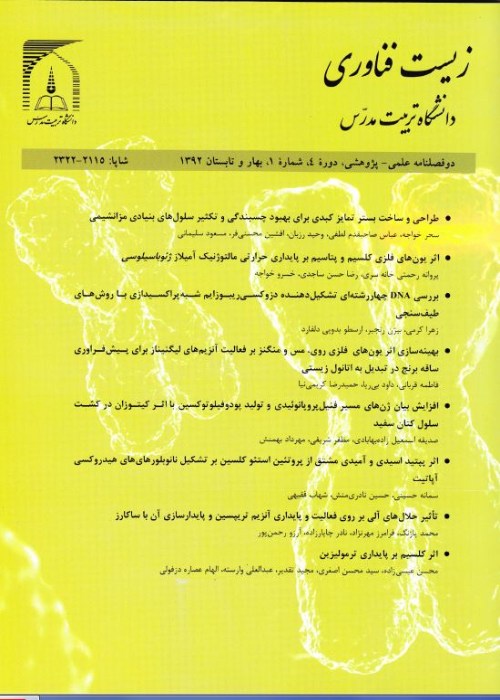Targeted Genome Editing Techniques and its Bioinformatic Tools: A Survey
Genome editing using targetable nucleases is an emerging technology for precise genome modification in many organisms with hight ability and capability. All targeted genome engineering relies on the introduction of a site-specific double-strand break (DSB) in a pre-determined genomic locus by a rare-cutting DNA endonuclease. Subsequent repair of this DSB by non-homologous end joining (NHEJ) or homology-directed repair (HDR) generates the desired genetic modifications such as gene disruption, gene insertion, gene correction, etc. Three types of endonucleases, namely ZFNs (zinc finger nucleases), TALENs (transcription activator-like effector nucleases), and the CRISPR (clustered regularly interspersed short palindromic regions) associated (Cas9) system have been predominantly utilized for gene editing. Targeted genome engineering or editing enables researchers to modify genomic loci of interest in a precise manner, which has a turning point in medicine, biological research, and biotechnology. Treatment of human immunodeficiency virus (HIV) infection with ZFN-mediated CCR5 gene disruption is one of the indicator examples of the ability of ZFNs in genome editing. The emergence of TALENs in 2010 has enabled the genome modification of non- model organisms, while the emergence of the CRISPR/Cas9 system in 2013 as a revolutionary genome-editing tool has allowed us to anticipate the forthcoming new era of genome editing research. Soon, it is likely that tgenome editing also will provide the possibility of treating genetic diseases. Genome editing is also hoped to be available for use in the generation of crops and livestock with useful traits. An example would be the production of edible fungi resistant to browning by inactivation of the genes encoding polyphenol oxidase in 2016 under the non-GMO genetically edited crop plants and production of herbicide-resistant rice and rapeseed using CRISPR/Cas9 systems. In this article, we review essential genome editing tools, summarize their applications in crop improvement, as well as, next-generation crop breeding and their computational resources will be discussed.
- حق عضویت دریافتی صرف حمایت از نشریات عضو و نگهداری، تکمیل و توسعه مگیران میشود.
- پرداخت حق اشتراک و دانلود مقالات اجازه بازنشر آن در سایر رسانههای چاپی و دیجیتال را به کاربر نمیدهد.



